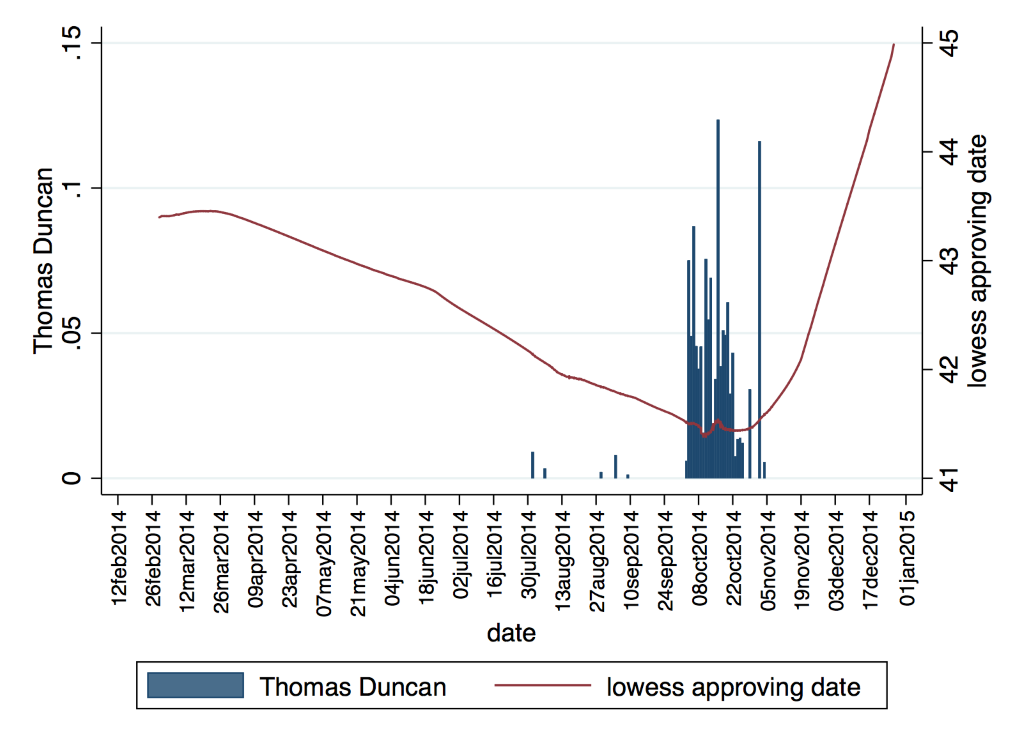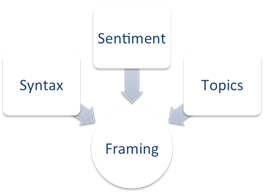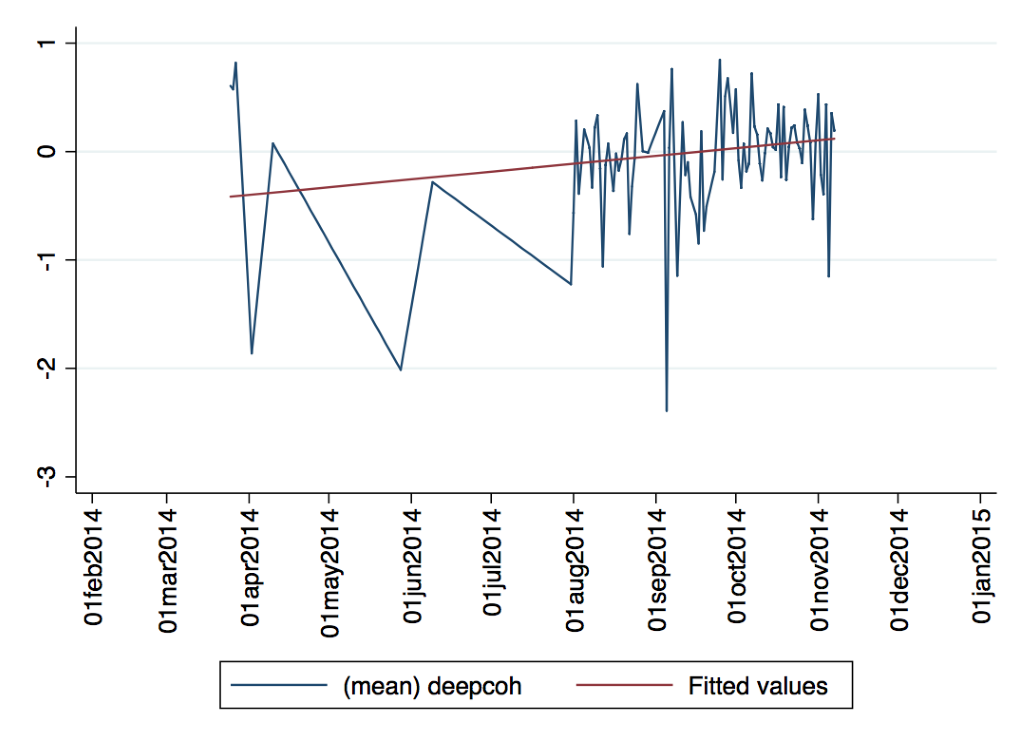
For Part One, please follow this link.
Issue Framing
Framing a subject or issue involves taking some element of the issue and making it more important than any other element associated with the subject or issue. In doing so, a subject or issue is defined, with actors, origins, and associated costs and benefits to attend to the subject or issue. Many crises are organic; they do not necessarily have a perpetrator. However, in what way a state’s leadership handles such issues matters to the public. The way in which people react to an issue and how much a crisis an issue is depends on their subjective perception and interpretation of the crisis. Do people personally feel threatened by the issue and how proactive the government is in mitigating the effect on them are crucial components in how the people themselves will frame or perceive any issue as a crisis. In the absence of governmental action to deal with the issue, the public’s discontent and their perceptions of the seriousness of it will be reflected in the approval of the leader’s performance. The media can reflect these perceptions and sentiments as crises evolve.

Figure 2. References to Thomas Duncan; Obama approval ratings
Media framing via syntax, sentiments, and topical themes
Research suggests that leaders do rely on the media as a source of information in information-poor crisis environments (Powlick, 1995; Tifft & Jones, 2000). The media is one of the primary information brokers in a crisis, stuck between the state’s leadership as an information supplier, and the public as a primary consumer of information. Thus, an information gap exists between what leadership knows and what the public knows. In some cases, the media serves to close this gap; however, the media can also polarize an issue. Yet myriad sources also inform the media’s coverage of important international events – with varying degrees of reliability – including additional foreign policy actors, web pages, social media, blogs, and other real-time mechanisms that convey information have increased the sources and sheer volume of information. In crisis situations situated within a 24-hour news cycle, opportunity arises for less factual speculation with the absence of information and information lags. While the volume and decentralization of information provision and consumption may be normatively better, it does not mean that it is free from spin or framing (Entman, 2004), and it is certainly subject to more “expert” opinion (Powlick & Katz, 1998) and framing by the state’s leadership.
We use New York Times articles that covered the Ebola crisis as a way to understand how the media and politicians framed this predicament. We examine the syntax and word choice as they evolved over time, as this helps to demonstrate how the media understood and conveyed the information to the public. Figure 3 demonstrates how these three elements serve as inputs to the overall frame.

Figure 3. Linguistic indicators and framing
While much of framing analysis focuses on content, we suggest that the delivery of the message also matters (Schoonvelde, Brosius, Schumacher, & Bakker, 2019). How someone delivers the message includes elements of syntax and semantics, word choice, information density, and discourse cohesiveness. Complex syntax can sometimes convey a lack of clarity about a situation, whereas simple syntax can demonstrate fluency or proficiency (Graesser et al., 2014). On the one hand, the media can shape public discourse and sentiment by using more concrete or abstract terms; concrete terms tend to be more cognitively demanding of the audience, whereas abstract terms invoke gut feelings or emotions. The media also can choose to tell “personal interest” or “person on the street” stories that may more closely follow the traditional narrative arc (exposition, rising action, climax, resolution). On the other hand, they may confer a linear set of information items. Some news articles broadly cover one general theme, whereas others jump around between topics within the article. These features – the delivery style of news media – influence how stories are perceived and by extension, how threats are perceived.
Word choice also matters; more pronouns tend to personalize a story and confer a sense of honesty (Hancock, Curry, Goorha, & Woodworth, 2007; Pennebaker, 2011). Word order conveys a sense of agency, or lack thereof; articles with more passive voice constructions may obscure the relationships of “who is doing what to whom.” This may leave readers with a sense of ambiguity, and an increased sense of fear.

Figure 4. Increase in deep cohesion in NYT articles
What does this mean?
Our analyses indicate that early on, stories in The New York Times lacked cohesiveness on the spread of topics within the Ebola crisis, as shown in Figure 4. Intuitively, neither they nor the global community at large knew quite what to make of the Ebola outbreak. However, over time the articles gained overall cohesion and fit within a larger narrative. This process reflects a sense-making phenomenon and some common ground between the media outlet and the public. This also coincides with overall lower presidential approval ratings; the more the public knew about the crisis, the more they blamed the leadership. This finding stands alongside well-established blaming literature where leaders were held accountable for exogenous events such as earthquakes and shark attacks (Achen & Bartels, 2004).